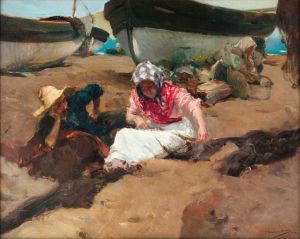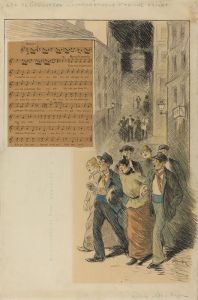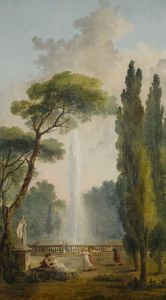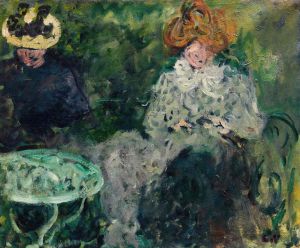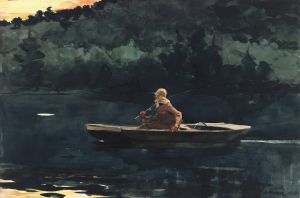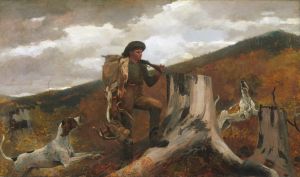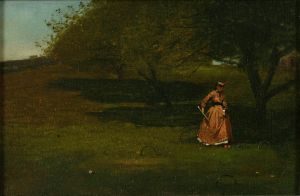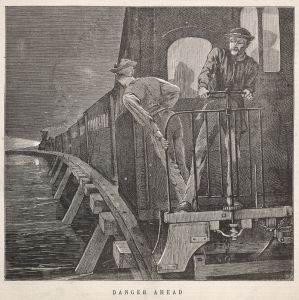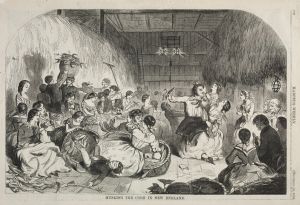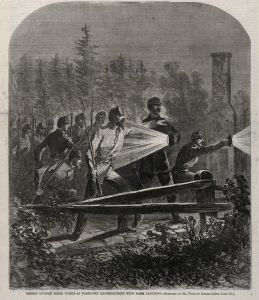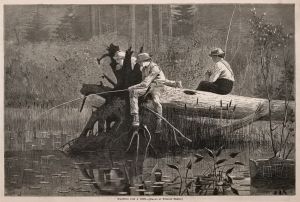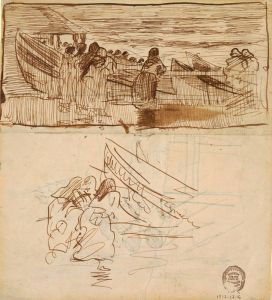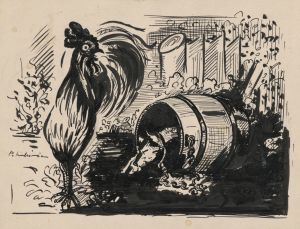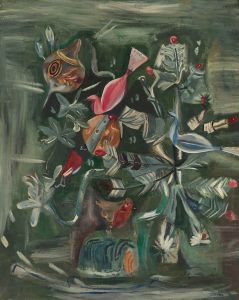
The Wonderful Dutton Children
A hand-painted replica of Winslow Homer’s masterpiece The Wonderful Dutton Children, meticulously crafted by professional artists to capture the true essence of the original. Each piece is created with museum-quality canvas and rare mineral pigments, carefully painted by experienced artists with delicate brushstrokes and rich, layered colors to perfectly recreate the texture of the original artwork. Unlike machine-printed reproductions, this hand-painted version brings the painting to life, infused with the artist’s emotions and skill in every stroke. Whether for personal collection or home decoration, it instantly elevates the artistic atmosphere of any space.
Winslow Homer, an American landscape painter and printmaker, is renowned for his marine subjects and depictions of American life. One of his lesser-known works, "The Wonderful Dutton Children," is an example of his early career focus on genre scenes and the portrayal of children. However, there is limited information available about this specific painting, and it is not as widely discussed or documented as some of his other works.
Winslow Homer was born on February 24, 1836, in Boston, Massachusetts. He began his career as a commercial illustrator and gained recognition for his work during the American Civil War, where he produced illustrations for Harper's Weekly. After the war, Homer transitioned to painting, focusing on everyday scenes and the American landscape. His work is characterized by its realism, attention to detail, and ability to capture the essence of American life.
"The Wonderful Dutton Children" is believed to be one of Homer's early works, created during a period when he was exploring themes of childhood and domestic life. During the 1870s, Homer produced several paintings featuring children, often depicting them in natural settings or engaged in leisurely activities. These works reflect a sense of innocence and simplicity, capturing the spirit of the post-Civil War era in America.
Homer's paintings of children often emphasize their connection to nature and the outdoors, a theme that resonates with the broader American Romantic movement of the time. His use of light and color in these works is notable, as he often employed a bright, natural palette to convey the vibrancy of youth and the beauty of the natural world.
While specific details about "The Wonderful Dutton Children" are scarce, it is likely that the painting shares these characteristics. Homer's ability to depict the subtleties of human expression and interaction is evident in his genre scenes, where he often portrays children with a sense of authenticity and warmth.
Throughout his career, Winslow Homer continued to evolve as an artist, eventually becoming one of the foremost painters of his time. His later works, particularly his seascapes, are celebrated for their dramatic compositions and masterful use of color and light. Despite the limited information on "The Wonderful Dutton Children," it remains a part of Homer's broader body of work that captures the essence of 19th-century American life.
Homer's legacy as an artist is significant, as he is considered a pivotal figure in the development of American art. His ability to capture the nuances of everyday life and the American landscape has left a lasting impact on the art world. While "The Wonderful Dutton Children" may not be as well-documented as some of his other paintings, it contributes to our understanding of Homer's early artistic endeavors and his exploration of themes related to childhood and nature.





